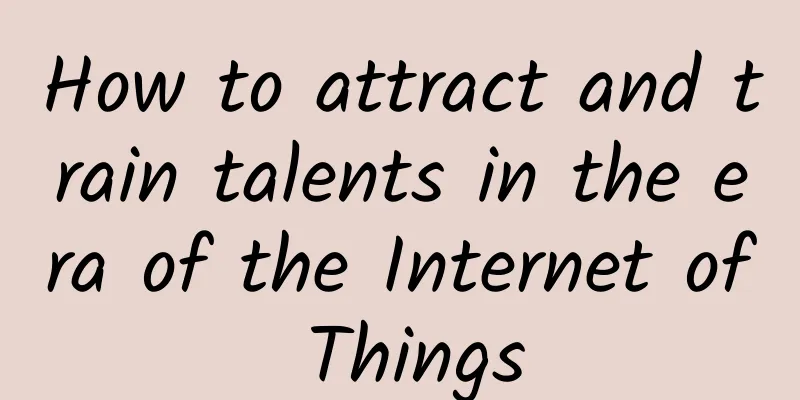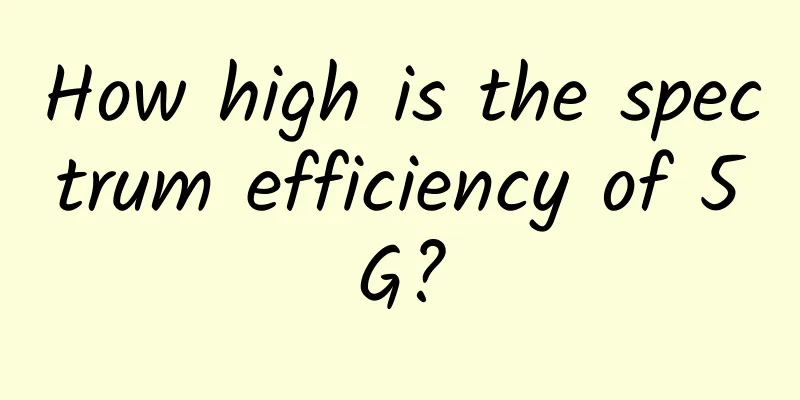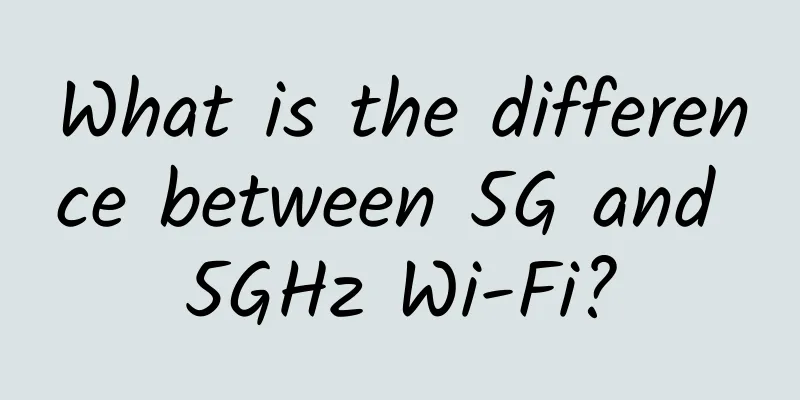Learn how to restore IP address in one article!

Recover IP addressGiven a string containing only numbers, unpack it and return all possible IP address formats. A valid IP address consists of exactly four integers (each integer is between 0 and 255 and cannot contain leading 0), separated by '.'. For example: "0.1.2.201" and "192.168.1.1" are valid IP addresses, but "0.011.255.245", "192.168.1.312", and "[email protected]" are invalid IP addresses. Example 1:
Example 2:
Example 3:
Example 4:
Example 5:
hint:
IdeasBefore doing this question, it is best to do the task of splitting 131 into a palindrome string first. I believe that when you first see this question, you will be confused. In fact, as long as we realize that this is a cutting problem, we can use the backtracking search method to search out all possibilities for the cutting problem, which is very similar to the 131. Splitting palindrome string we just did. The cutting problem can be abstracted into a tree structure, as shown in the figure: Recover IP address Back to the trilogy
In 131. Splitting a palindrome, we mentioned that the cutting problem is similar to the combinatorial problem. startIndex is definitely required because the segmentation cannot be repeated and records the starting position of the next layer of recursive segmentation. For this question, we also need a variable pointNum to record the number of commas added. So the code is as follows:
The termination condition is different from that of 131. Splitting the palindrome string. This question clearly requires that it will only be divided into 4 segments, so the cutting line cannot be used as the termination condition to cut to the end, but the number of segments divided can be used as the termination condition. pointNum indicates the number of commas. A pointNum of 3 means that the string is divided into 4 segments. Then verify whether the fourth paragraph is legal, and if so, add it to the result set. The code is as follows:
In 131. Splitting a Palindrome String, we have already discussed how to extract substrings during loop traversal. In the for (int i = startIndex; i < s.size(); i++) loop, the interval [startIndex, i] is the intercepted substring, and it is necessary to determine whether this substring is legal. If it is legal, add a symbol after the string to indicate that it has been split. If it is illegal, end the current loop, as shown in the figure where the branch is cut off: Recover IP address Then comes the process of recursion and backtracking: When calling recursively, the startIndex of the next recursive layer should start from i+2 (because the separator needs to be added to the string), and the number of separators pointNum should be +1. When backtracking, just delete the separator . that you just added, and pointNum should also be -1. The code is as follows:
Determine whether the substring is legalThe last step is to write a function to determine whether the rank is valid. The following three points are mainly considered:
The code is as follows:
C++ CodeAccording to the backtracking algorithm, you should know this! The backtracking algorithm template given is:
You can write the following backtracking algorithm C++ code:
SummarizeThis question covers all the difficulties in splitting strings that I listed in 131. Splitting palindromes. In addition, this question also requires you to manipulate the string to add commas as separators and verify the legitimacy of the interval. It can be said to be an enhanced version of 131. Split palindrome. In the tree structure diagram of this article, I have drawn out the detailed analysis ideas. I believe that everyone will have a clearer mind after reading it! This article is reprinted from the WeChat public account "Code Random Thoughts", which can be followed through the following QR code. To reprint this article, please contact the Code Random Thoughts public account. |
<<: Virtual operators in the 5G era: new opportunities and challenges coexist
>>: What will happen to 5G base stations if power is cut off? Can operators handle the performance?
Recommend
The "new strategies" of the three major operators, a battle between masters of all kinds of skills?
With the belated conclusion of the 2021 China Uni...
Full coverage of prefecture-level cities! China has built the world's largest 5G network
[[373230]] In the year hit by the COVID-19 pandem...
How to use 5G spectrum efficiently? Both licensing and sharing are effective
Telecoms.com regularly invites third-party expert...
How does machine learning help 5G networks?
Machine Learning Machine learning is a field of e...
5G scenarios and technologies bring new security threats
The virtualization characteristics of 5G networks...
How to implement RBAC with API Gateway and OPA
Currently, in order to ensure that the right peop...
What did Chinese operators show the world at the Winter Olympics?
This Winter Olympics is full of technological con...
Teach you how to easily obtain local area network devices
[[430847]] Preface With the rapid development of ...
Digital Ecosystem Conference | "Wisdom comes from gathering, power comes from integration" - 2021 Digital Ecosystem Conference grandly held
Digital ecology has been elevated to a national s...
6 trends that will boost the impact of IoT in 2018
In 2016-2017, the trend of IoT was widely accepte...
Deutsche Telekom warns: Banning Huawei will hinder Europe's 5G development
Europe will fall behind the United States and Chi...
SKB-enterprise: €2.39/month KVM-1GB/30GB/100M unlimited traffic/Netherlands (Amsterdam) data center
SKB-enterprise is a foreign hosting company found...
Three highlights of the RedCap industry in 2023: New blue ocean of IoT and the journey of commercial use
With the continuous evolution and development of ...
Summary of common troubleshooting methods for network broadband
1. FTTH troubleshooting steps Step 1: Check the s...
Xentain: $1.25/month-1GB/15GB SSD/1Gbps unlimited traffic/Fremont data center
New merchant, mainly with the discount code, the ...









